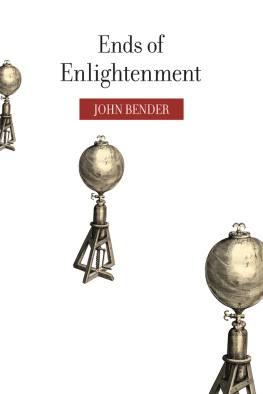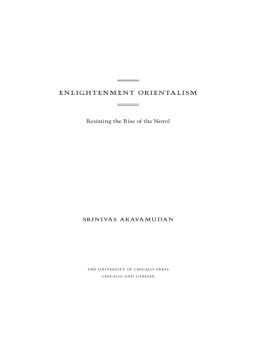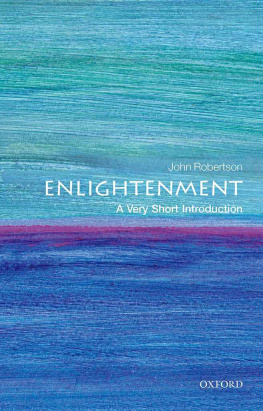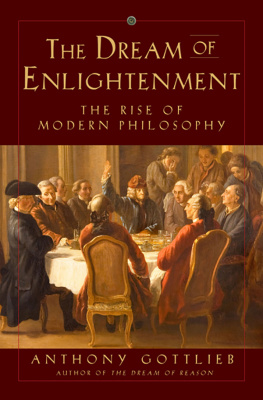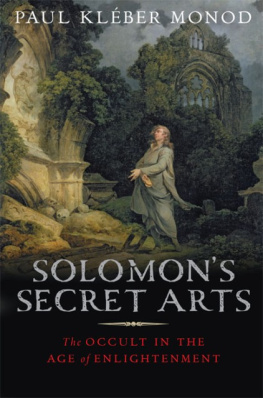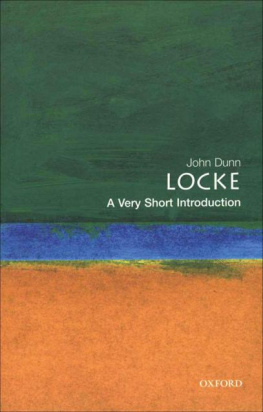Ends of Enlightenment
JOHN BENDER
stanford university press
Stanford, California
Stanford University Press
Stanford, California
2012 by the Board of Trustees of the Leland Stanford Junior University.
All rights reserved.
No part of this book may be reproduced or transmitted in any form or by any means, electronic or mechanical, including photocopying and recording, or in any information storage or retrieval system without the prior written permission of Stanford University Press.
Printed in the United States of America on acid-free, archival-quality paper
Library of Congress Cataloging-in-Publication Data
Bender, John B., author.
Ends of Enlightenment / John Bender.
page cm
Includes bibliographical references and index.
ISBN 978-0-8047-4211-5 (cloth : alk. paper)
ISBN 978-0-8047-4212-2 (pbk. : alk. paper)
ISBN 978-0-8047-8461-0 (ebook)
1. European fiction--18th century--History and criticism. 2. Literature and science--Europe--History--18th century. 3. Realism in literature. 4. Literature-Philosophy. 5. Enlightenment--Influence. I. Title.
PN3495.B46 2012
809.3'033--dc23
2012004371
Typeset by Bruce Lundquist in 10/13 Galliard
To Ann Bender
Contents
Illustrations
.
.
.
.
.
.
.
.
.
.
.
.
.
.
.
.
.
Acknowledgments
Ann Bender holds a unique place in my heart. Without her constant encouragement, criticism, and detailed editorial assistance, my every publication would lack more than I care to imagine. The dedication in her name is deeply felt, if hardly adequate.
The very character of this book, as a collection of essays written over some twenty-five years, implies incalculable indebtedness to colleagues, friends, and institutions. I can only hope to be naming most of them here or in footnotes recognizing their help with specific references and issues. Although permissions required by copyright appear in notes throughout or with the illustrations, I wish more broadly to thank the various owners of rights for their often liberal assistance.
Both the pleasures and the obligations that come with coauthorship deserve separate mention. My collaborations with Robin Valenza and David E. Wellbery remain signal moments in my life as a writer. I thank them warmly. A less specific but constantly inspiring form of collaboration has been with the marvelous students enrolled in my courses and, above all, with those who asked me to serve on their dissertation committees. I am proud that many of their theses have grown into fine books and that the authors are no longer my students but cherished colleagues.
Some of these essays might not exist without the requests of colleagues who formed edited collections. I am grateful that they published my work in their own volumes and that they often suggested valuable revisions. They include: Felicity Nussbaum and Laura Brown; Stephen Melville and the late Bill Readings; David Bindman, Frdric Oge, and Peter Wagner; Teri Reynolds; Judith Butler, Jonathan Culler, and Kevin Lamb; Robert M. Maniquis and Carl Fisher; Clifford Siskin and William Warner; David Palumbo-Liu; and Yota Batsaki, Subha Mukerji, and Jan-Melissa Schramm. Likewise, Judith Luna of Oxford University Press commissioned the edition of Tom Jones (edited with Simon Stern) that contains my introductionhere published as .
...
I attribute whatever accuracy may mark this book to the helpers who have checked the text and references. Kate Washington started the project. James Wood soldiered through the long quest for images and permissions. Stephen Osadetz gets extra helpings of appreciation for detailed work over the course of a year to bring the manuscript and notes into uniform spelling and citational consistency. Beyond this, he advised me continually on matters of style, and, with my introduction, the essay on Laclos, and the postscript on anatomy, he substantially influenced their final form. With similar shaping influence, Erik Johnson brought his concentrated attention to the edited manuscript and to the proofs.
A few close associates have persistently encouraged my work on this book and notably improved its quality. They include, especially, Clifford Siskin, who twice read manuscripts for the Stanford University Press. He joined H. U. Gumbrecht, Jonathan Kramnick, and William Warner in offering penetrating yet friendly criticisms of drafts of my introduction.
Many other colleagues and friends assisted in significant ways too varied to detail here. They are Dirk Bcker, Keith Baker, Karl Heinz Bohrer, Alyce Boster, Bliss Carnochan, Dan Edelstein, Catherine Gallagher, Marjorie Garber, Stephen Greenblatt, Paul Hunter, Joan DeJean, Peter de Bolla, Werner Frick, Jocelyn Harris, Jrgen Kaube, Michael Marrinan, Loy Martin, Michael McKeon, Jesse Molesworth, Judith Norton, Nicholas Paige, Nelia Peralta, Robert Polhemus, John Richetti, Haun Saussy, and Helen Tartar.
Research underlies everything published in this book, and it became possible with the assistance of librarians and curators. I thank the Stanford University Libraries and specifically Michael Keller, Annette Keogh, and John Mustain. My anatomical research took place chiefly at the library of the Wellcome Institute and at the University of Glasgow in the institutions there that house William Hunters varied collections of anatomical and anthropological specimens, paintings, drawings, and books. I am indebted to the unfailing generosity of the librarians and curators at the Wellcome and in Glasgow.
The Stanford University Press stood patiently in wait for this book, even while publishing two others with my name on the spine along with Michael Marrinans. I am deeply obliged to the dedicated people there, including Geoffrey Burn, Alan Harvey, Emily-Jane Cohen, Judith Hibbard, Bruce Lundquist, Rob Ehle, Richard Gunde, David Luljak, Sarah Crane Newman, and Emma S. Harper. At Stanford, this project has been supported financially by the Division of Literatures, Cultures, and Languages, the Department of English, and the Dean of the School of Humanities and Sciences.
Readers will notice that the documentation of previously published essays generally remains as it was in the originals.
I. Introduction
Ends of Enlightenment
Critique defined the Enlightenment so strongly that the two terms approach tautology. We might now call this critical impulse reflexivitywhether as exemplified by Newtonian induction, by the restless skepticism of a David Hume, or by the esprit philosophique that for Denis Diderot and his colleagues proudly defined contemporaneity as such. In Immanuel Kants article What Is Enlightenment? (1784), the philosophe, who had been sketched in a 1765 entry in the Encyclopdie as the model of independently balanced critical thinking, reemerges as the ideal subject to live under an enlightened monarch. In America, the Declaration of Independence and the United States Constitution assumed such an ideal new citizen. As Kant declared in the preface to his Critique of Pure Reason (1781): Our age is the genuine age of criticism, to which everything must submit. Religion through its holiness and legislation through its majesty commonly seek to exempt themselves from it. But in this way they excite a just suspicion against themselves, and cannot lay claim to that unfeigned respect that reason grants only to that which has been able to withstand its free and public examination. Enlightenment critique delineated not only distinctive ideas but also idealized actors and institutional outcomes. Enlightenment was a state of being, a personal stance, an orientation to the world, and a present moment in history. We live with residual versions of these ideas, actors, and institutions in todays world, even if most often in the modes of cultural unconsciousness and fragmentary recollection.
Next page
